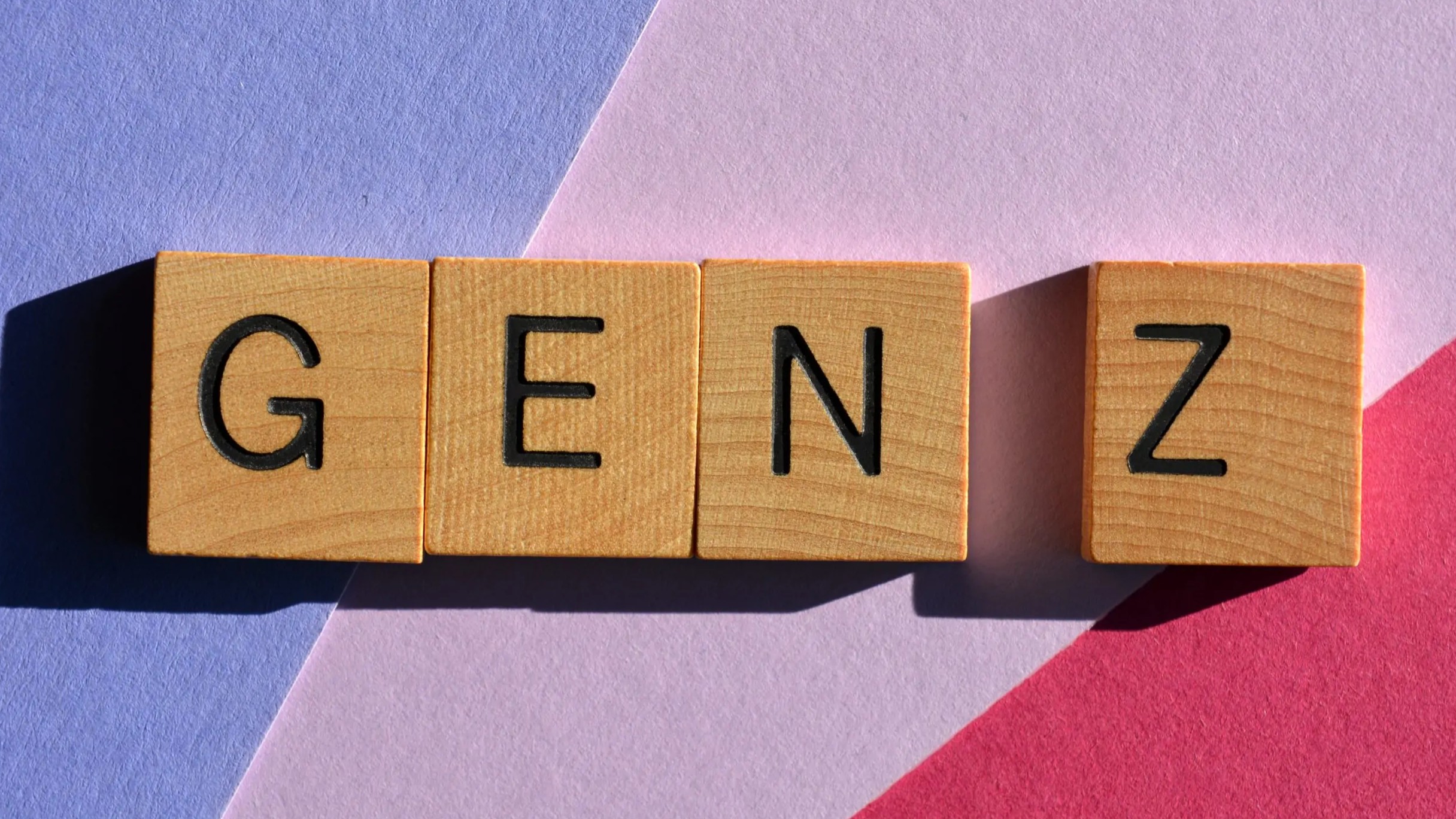In the last two years, there has been a striking trend that indicates a change in the perception of gender identities among young Americans. In particular, there is a significant decrease in the number of “non-binary” candidates among Generation Z, which shows a multiple decline in the proportion compared to the peaks of 2022 and 2023. This phenomenon suggests that young people’s perspectives on gender identities may change.
The results also point to internal tensions within Generation Z. Older young people typically hold more liberal views, while those under the age of 20 have often moved towards right-wing political positions. This shift can also be attributed to the effects of the significant social changes of the second half of the 2010s, such as the gender revolution and the BLME movements. For many young people, the new views are seen as a rebellion against the Biden administration’s liberal ideology, social media censorship, and political rigor. Interesting differences can also be observed between young men and women. While support for right-wing trends is becoming increasingly popular among young men, a significant number of Generation Z girls continue to stand up for liberal views. This gender difference is another sign that young people’s identity and political stance can depend not only on their age group, but also on their gender. Generational and gender differences are also reflected in American universities. Support for issues promoting rainbow and transgender identities is declining among new applicants. The White House sought to influence college policy by threatening to cut funding if liberal values were further promoted. This form of pressure may indicate that a change in public opinion does not only affect the individual views of young people, but also affects the functioning of institutions.
Another important phenomenon is that large companies are increasingly withdrawing funding for racial and gender ideologies, and Hollywood productions are also following this trend. Recently, transgender characters have been removed from the drafts of many films, indicating that the increase in the proportion of individuals with non-traditional orientations may be accompanied by a sharp downward trend due to the lack of previous artificial support. Thus, social discourse is not only shaped among the young generation, but also through transformations in the media and the economic sector.
It is likely that one of the most significant changes in public opinion in recent decades can be observed, when social norms have shifted in the direction of right-wing values. The intertwining of identity, politics and social discourses poses new challenges for young people, and the future consequences are not yet fully foreseeable. The new perspectives and positions will affect not only Generation Z, but also society as a whole.
Translated and edited by Leo Albert

